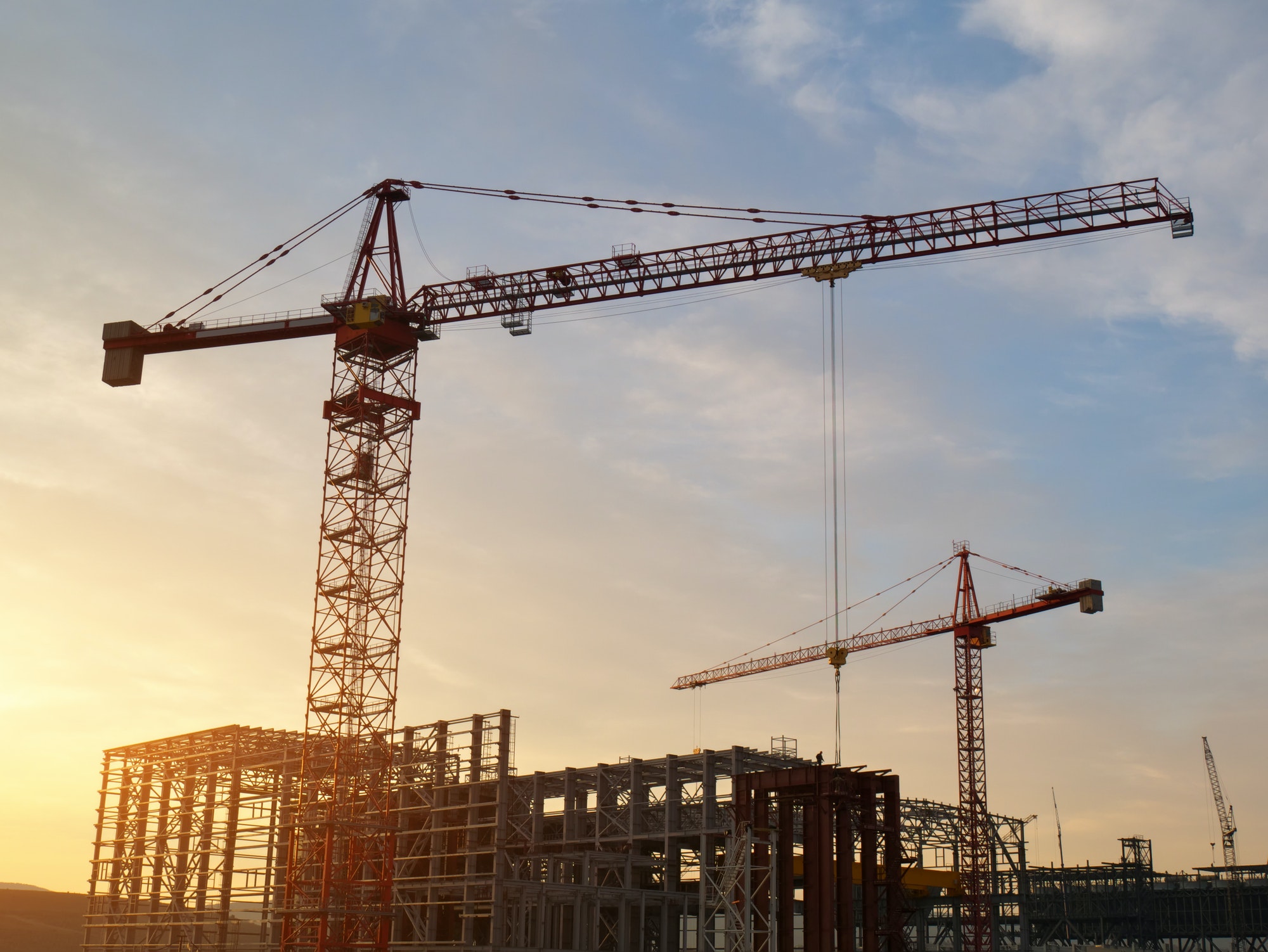The invention of the crane goes back as far as 600 B.C., with the Greeks using them to build their fantastic temples. These simple lever mechanisms are one of our oldest and most useful tools in building our society. Even with our advanced technology, the crane’s fundamental features stay the same.
However, these tools have become specialized to handle different projects, and you’ll want to know which one suits your job. You may wonder how are cranes built when hiring one for your workplace. Continue reading for the foundations of crane building and how they affect your decisions.
What Is a Crane?
When wondering how are cranes built, you’ll want to know their basic functions. These machines lift heavy loads of supplies or materials, transporting them from one location to another. They have the capacity to extend these materials up to high elevations, simplifying the process of building the skyscrapers we commonly see in our cityscapes today.
There are many types of cranes used in a variety of construction, manufacturing, and material loading settings. Some of the more common ones include:
- Telescopic Cranes
- Tower Cranes
- Mobile Cranes
- Overhead Cranes
- Jib Cranes
Consider which types of cranes you’ll need for your job site. This will help determine how they are erected.
How Are Cranes Built?
While every type of crane has different methods for being built, a great place to start is understanding their common features. One recognizable aspect of most cranes is the boom, which is the arm that bears the majority of the weight. While they may look different depending on the type, booms are essential to their function.
To keep the load from crashing into the boom, many types of cranes have a jib. This structure attaches to the end of the boom and pivots with the crane to keep the load safe. Jibs are not always necessary depending on the job setting.
When moving heavy materials around, you need to keep your crane balanced. This is achieved using a counterweight. Depending on the type, the position of your counterweight best equalizes the overall weight of the equipment and load.
Among other important crane features, these structures are typically made of steel and constructed by hand using industrial hardware. They can mount on vehicles for mobility, or anchored to the ground for taller projects. Still, other cranes are built overhead for smaller jobs.
Crane Hire Tips
When hiring one of these machines for your job, one of the more useful crane tips is to consider these parts and how to build them on-site. If you need equipment that can reach hundreds of feet into the air, take care to note where you can anchor into the ground. For smaller jobs, you might not even need some standard crane features.
More on Crane Building
This crane guide provides the basics of how these important machines are constructed. This information on how are cranes built gives you an important aspect to consider when hiring one for your job site.
For more helpful insights on crane building and other construction tips, check out our Buildings section.
Discover more from Futurist Architecture
Subscribe to get the latest posts sent to your email.



